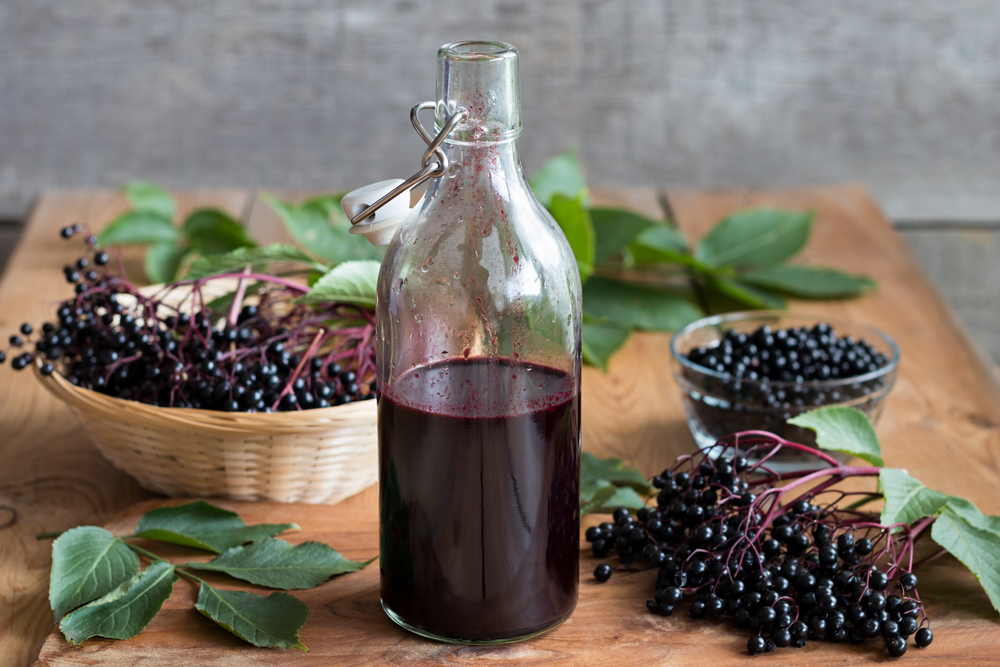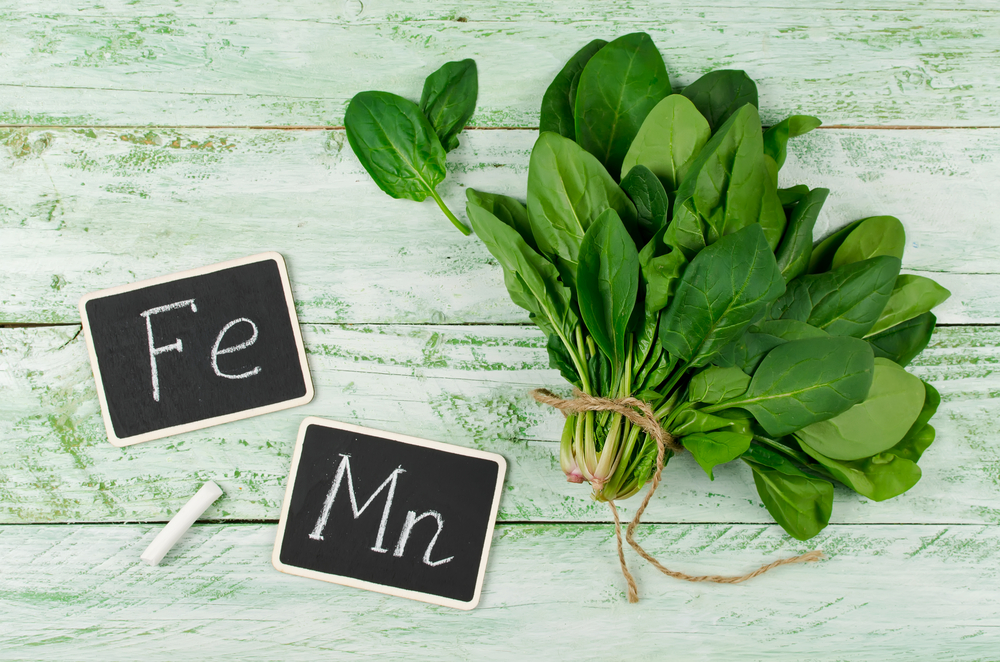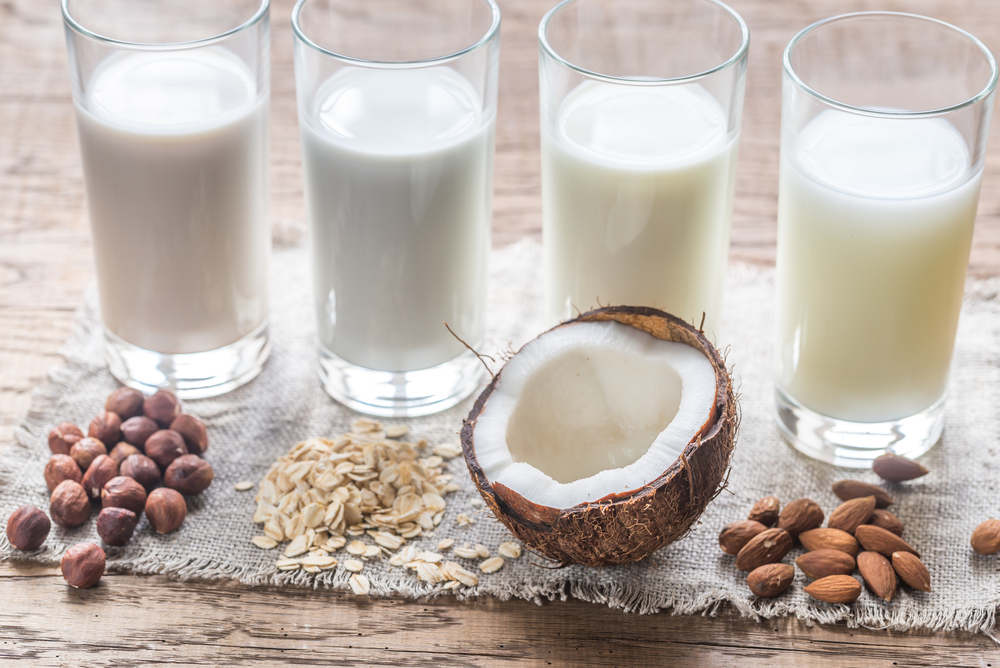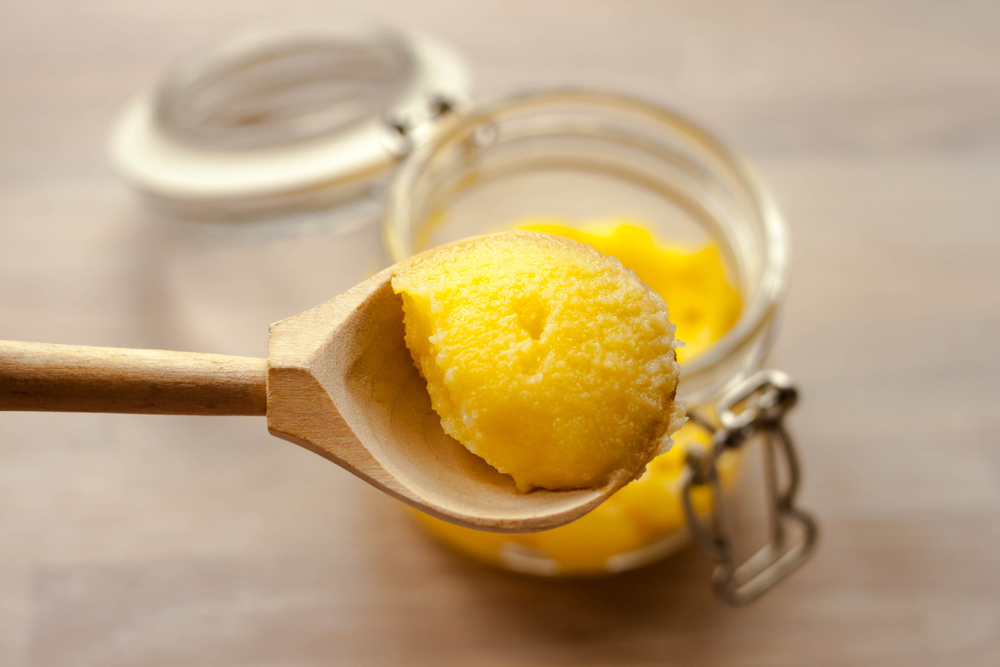Be healthy with the latest information and tips on diet, nutrition, and natural medicine!
Doing Your Best to Feel Your Best
As we grow older and joints and muscles grow achier, mustering the motivation for a healthy lifestyle gets harder. However, when we can no longer take our good health for granted is precisely the time that healthy habits are most important. Of course, it's possible to feel better, live better, and do more as you age. However, better aging doesn't come without effort. If you want to make the most of each day and live a fuller life, you need to make wellness a priority. How? Courtesy of AlrightNow, here are seven ways you can live a healthier, richer life so you grow better with age. Stay Physically Active A body in motion stays in motion. It's true for physics, and it's true for aging. As tempting as it may be to settle into your La-Z-Boy for a retirement of leisure, a sedentary lifestyle does the aging body no favors. Inactivity is linked to mobility loss and disability in adults aged 60 and up. Exercise that improves heart health, builds strength, and enhances balance and flexibility is important for our aging bodies. One mistake people make is focusing too much on aerobic activity like walking and jogging and not enough on strength training. However, it's building muscle that will keep your body strong and capable at every age. Consider building out a home gym in your home to ensure you have all the necessary equipment. With the right space you can have room for a cardio machine as well as a weight bench and other necessary equipment. If you opt to make this a flex-room, you could even add some value to your home. Talk about a win-win! Maintain a Positive Attitude Positive thinking does for the mind what resistance training does for the body. Optimistic people have less stress, better coping skills, and lower rates of depression compared to glass-half-empty types. While you might think optimism and pessimism are personality traits, the way you think is primarily a matter of habit. You can train yourself to stop negative thinking in its tracks and practice gratitude and positive self-talk. If bad energy has pervaded your household, start by opening the windows, taking out the trash, and declutter for an emotional fresh start. Watch Your Weight You don't need a supermodel-slim figure in your Golden Years. In fact, a few extra pounds may have a protective effect on the 80-plus crowd. However, it's still important to maintain a healthy body mass index (BMI) as you age. Obesity-related health conditions like heart disease, stroke, and type 2 diabetes are leading causes of death among adults in early old age. While weight loss is important if you're outside of a healthy weight range, it shouldn't be done at the sake of nutrition. Adjusting your eating habits to include more protein, fiber, and fresh produce is both more effective and safer than crash dieting. Mind Your Diet You can't outrun a bad diet — especially [...]












